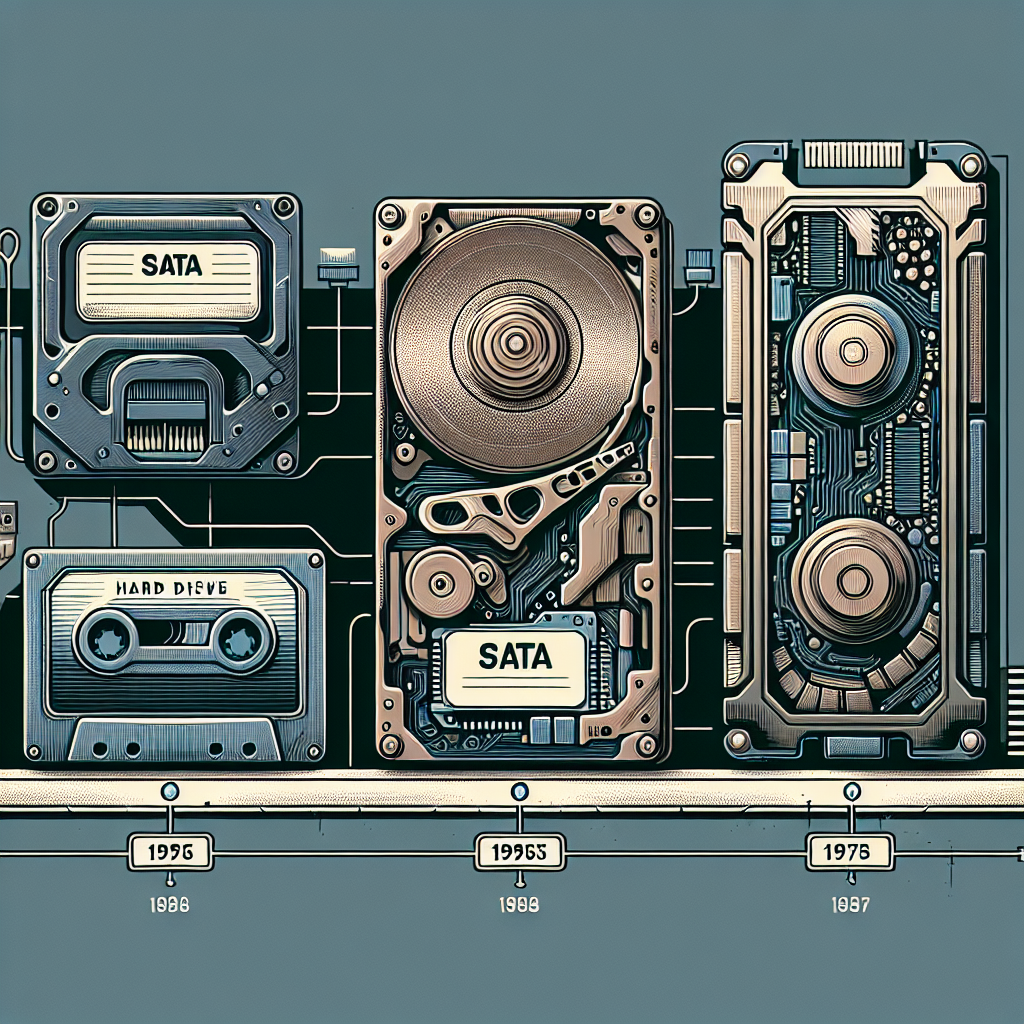SATA, or Serial Advanced Technology Attachment, is a popular interface for connecting storage devices such as hard drives and solid-state drives to a computer. Since its introduction in 2003, SATA has undergone several significant changes and improvements to keep up with the rapidly evolving technology landscape. In this article, we will explore the evolution of SATA from its inception to the present day, and speculate on what the future may hold for this ubiquitous storage interface.
When SATA was first introduced, it replaced the older Parallel ATA (PATA) interface, offering faster data transfer speeds and improved performance. The original SATA standard, known as SATA 1.0, had a maximum data transfer rate of 1.5 gigabits per second (Gbps). This was a significant improvement over PATA, which had a maximum transfer rate of 133 megabits per second (Mbps).
As technology continued to advance, subsequent iterations of SATA were released to keep pace with the increasing demands of users. SATA 2.0, introduced in 2004, doubled the maximum data transfer rate to 3 Gbps, while SATA 3.0, released in 2009, increased it again to 6 Gbps. These improvements allowed for faster file transfers, quicker boot times, and overall better performance for users.
In recent years, SATA has faced stiff competition from newer interfaces such as NVMe (Non-Volatile Memory Express), which offers even faster data transfer speeds and lower latency. Despite this, SATA remains a popular choice for many users due to its widespread compatibility and affordability.
Looking to the future, it is likely that SATA will continue to evolve to meet the demands of the ever-changing technology landscape. One potential avenue for improvement is the introduction of SATA 4.0, which is expected to increase the maximum data transfer rate to 12 Gbps or higher. This would help SATA remain competitive with newer interfaces and continue to be a viable option for users seeking fast and reliable storage solutions.
In conclusion, the evolution of SATA from its humble beginnings to the present day has been marked by significant improvements in performance and speed. While facing competition from newer interfaces, SATA has remained a popular choice for many users due to its compatibility and affordability. With the potential release of SATA 4.0 on the horizon, it is clear that SATA will continue to be a relevant and important storage interface for years to come.

Leave a Reply
You must be logged in to post a comment.